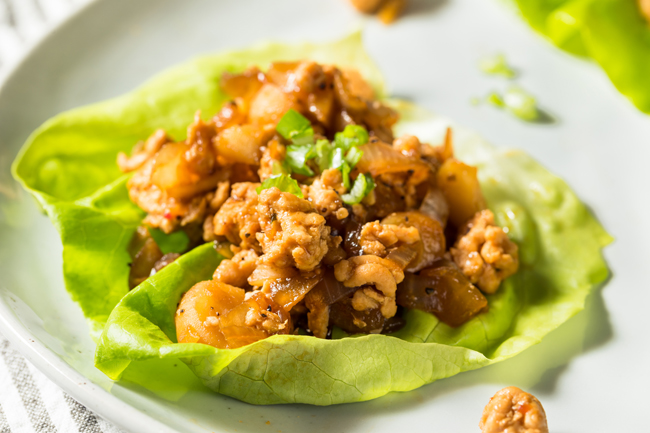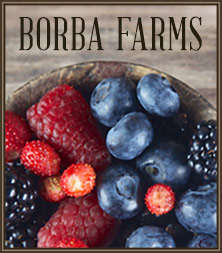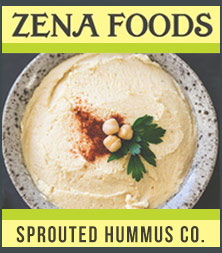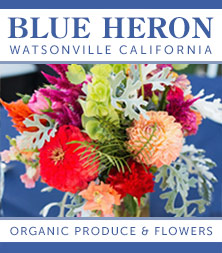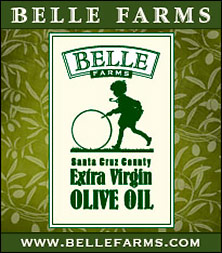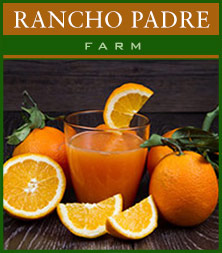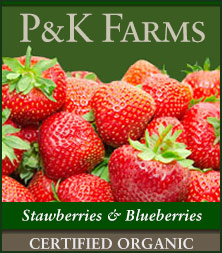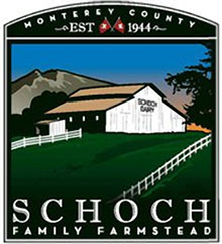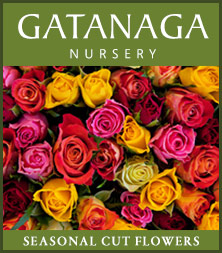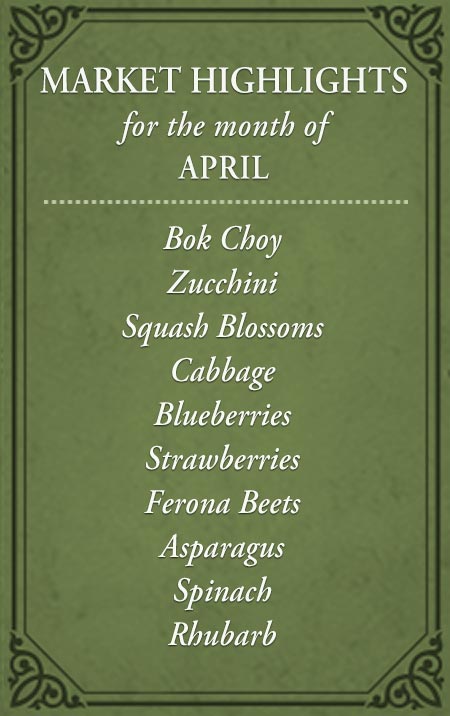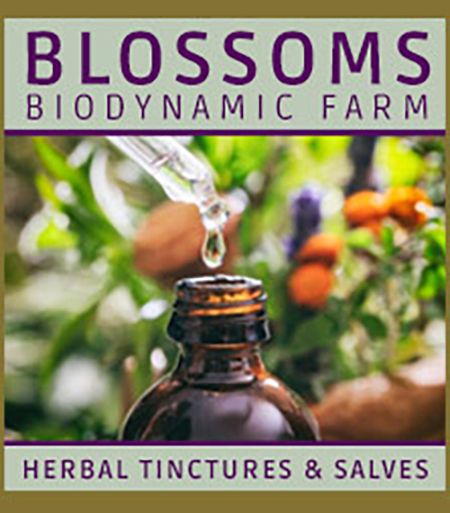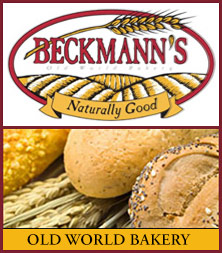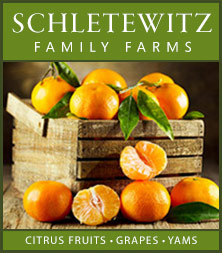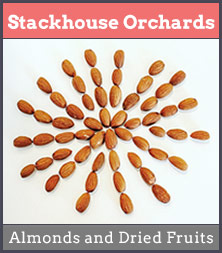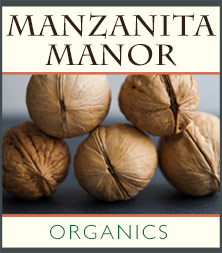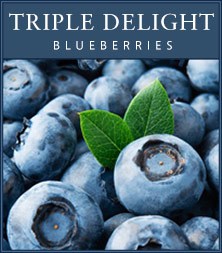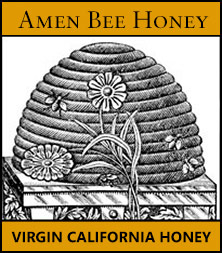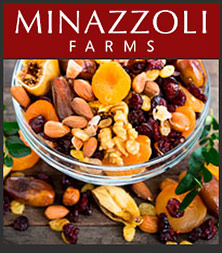Once a sensation in American kitchens, Chicken with Forty Cloves of Garlic remains a timeless French classic. Despite its bold name, this dish is anything but overpowering—the garlic cloves, left unpeeled and gently braised, become sweet, mellow, and creamy, infusing the chicken and vegetables with rich, aromatic flavor. Chef Andrew Cohen’s version simplifies traditional methods, using a clean, modern technique inspired by his time at Chez Panisse. The result is a dish that’s elegant enough for guests yet comforting enough for a Sunday supper—perfect with crusty bread for spreading the luscious roasted garlic paste.
INGREDIENTS:
4 chicken thighs and 4 drumsticks (or 1 whole chicken cut into 8 pieces)
Salt and freshly ground black pepper, to taste
8 sprigs fresh thyme (about 1 tablespoon), chopped
1–2 tablespoons neutral oil (such as grapeseed) or butter
40 unpeeled garlic cloves (about 3 heads)
5 peeled garlic cloves, de-germed (optional, for a stronger flavor)
½ cup white wine (such as Sauvignon Blanc or Chenin Blanc)
1–1½ cups light chicken stock or water
2 carrots, peeled and sliced into ¼-inch coins
1 celery stalk, sliced into ¼-inch pieces
1 small brown onion, peeled and thinly sliced into half-moons
METHOD:
Preheat the oven to 425°F. Season the chicken generously with salt, pepper, and thyme. Set aside to rest at room temperature while preparing the vegetables.
Heat an ovenproof Dutch oven or deep sauté pan over medium heat. Add the oil or butter, then sauté the onion until translucent, about 5 minutes. Add the carrots and celery, stirring until softened.
If using the peeled garlic cloves, add them now and sauté just until fragrant and lightly golden—do not let them brown.
Stir in the unpeeled garlic cloves, then spread the vegetables evenly across the pan. Nestle the chicken pieces skin-side down on top of the vegetables.
Pour in the wine and bring to a boil, scraping any browned bits from the pan. Reduce by half, then add the stock or water until the liquid reaches halfway up the chicken. Bring to a simmer.
Cover the pan tightly with a lid and transfer to the oven. Cook for 30 minutes.
Remove the lid, flip the chicken so the skin faces up, and return to the oven uncovered for 15–20 minutes, or until the skin is golden and the chicken is cooked through.
Transfer the chicken to a warm platter. Remove the garlic cloves and serve them alongside the chicken so guests can squeeze out the creamy roasted garlic.
If the sauce seems thin, reduce it on the stovetop until slightly thickened. Serve the vegetables and sauce with the chicken—or strain for a silky, rich gravy.
CHEF’S NOTES:
-
For a stronger garlic flavor, use peeled cloves and sauté them with the aromatics.
-
This dish can be made a day ahead—reheat the chicken in the oven to crisp the skin and warm the sauce separately.
-
Serve with toasted baguette slices or mashed potatoes to enjoy every bit of the mellow garlic and pan juices.
YIELD: Serves 4
SOURCE: Chef Andrew E Cohen



